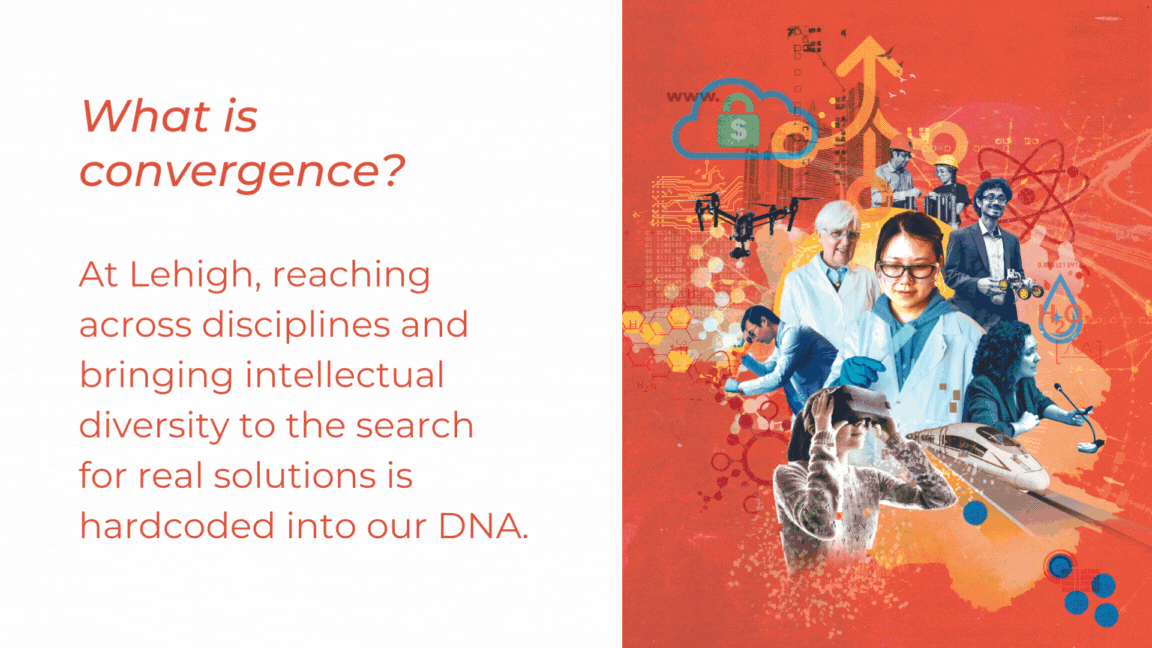
We live in a world that demands creative problem-solving. And such creativity is inevitably sparked when disciplines come together to look holistically at a problem.
“Humans are facing challenges that are multifaceted and complex, and require an interdisciplinary approach for their solution,” says Anand Jagota, a professor of bioengineering and chemical and biomolecular engineering and Lehigh’s vice provost for research. “While incredibly important work continues within the confines of each discipline, innovation is occurring at the interfaces between them.”
That is the essence of convergence research, or what the National Science Foundation defines as work driven by a specific problem or societal need that brings together an intellectually diverse group of experts (in some cases, drawing from areas beyond traditional STEM fields). In recent years, the NSF has increasingly emphasized this approach—and supported it through an array of grants and workshops—as a way to frame research questions in new ways and spur discovery.
Boundary-crossing team science has long been part of the Lehigh research ethos. For example, The Humanities Lab weaves the study of history, language, society, and related fields into scientific pursuits. The Nano-Human Interfaces Presidential Initiative, which connects engineers with experts in human cognition, psychology, and education, seeks to redefine the interaction between scientists and their instruments. And the university’s three Interdisciplinary Research Institutes are developing research strengths across Lehigh’s colleges to address large-scale societal problems around materials and devices, data and computation, and infrastructure and energy.
All of these efforts use an interdisciplinary approach to advance knowledge and discovery. Creating and fostering that kind of collaboration is a function of both place and people, says Jagota. “A medium-sized institution like Lehigh really promotes interactions between researchers,” says Jagota. “But our real strength is our culture of collaboration. We want to work together, and we’re always looking for ways to do that, and do it better. At the end of the day, the goal is to make an impact with the work we do. And our chances of doing that are always greater when we approach it as a team.”
The NSF has supported a number of Lehigh’s interdisciplinary proposals that combine the university’s research strengths in new ways. Two of the most recent—both rooted in challenges borne out of the COVID-19 pandemic—reflect the depth of problems our researchers are joining together to solve, and the potential they have for creating a healthier, safer world.
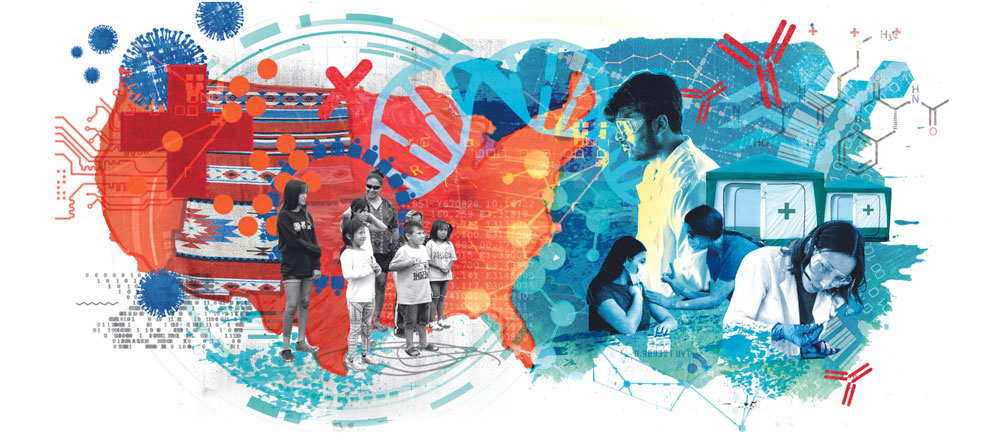
Studying pandemic dynamics in Indigenous communities
Imagine if researchers could predict the spread of a pandemic like they can the evolution of a hurricane. With the right data, they could help people stay out of harm’s way.
Harnessing that ability is the bold vision of a Lehigh team recently awarded a $1 million grant to examine pandemic dynamics within isolated and underserved populations. The funding comes through the NSF’s new Predictive Intelligence for Pandemic Prevention (PIPP) program, which promotes convergent research by diverse, multidisciplinary teams spanning engineering, computer science, biology, and the social sciences.
“When the call for proposals came out, we recognized that Lehigh had expertise in all of these areas,” says Jagota, the project’s lead researcher. “But these faculty members had not yet worked together around a common theme.”
To be competitive, they needed to identify what set them apart from other applicants. The answer soon became clear.
“What really distinguishes Lehigh as an institution is the Institute for Indigenous Studies (IIS) within our new College of Health,” says Jagota. “The institute gives us access to communities that, historically, have suffered disproportionately compared to the general population in every pandemic in modern history. Having this connection gave us a unique angle to look at the problem of pandemic prediction and prevention.”
The IIS partners and collaborates with Indigenous peoples, nations, communities, and organizations to improve their well-being. Under the auspices of their proposal, Jagota’s team—which includes 13 faculty members, two industry collaborators, the healthcare provider Geisinger (which will serve as both a research collaborator and clinical partner), and members of two tribes—will examine how disease, in this case influenza, affects underserved and isolated Indigenous communities in various parts of the country.
It’s a singular opportunity, says College of Health professor Christine Makosky Daley, chair of the Department of Community and Population Health and cofounder of the IIS. Daley is an applied medical anthropologist who says she has been working with American Indian communities since 1995 on topics such as tobacco cessation.
—Christine Makosky Daley
“I’ve spent my entire career trying to convince researchers to please, please, please come work with these communities—they need what you can deliver,” says Daley. “And I’ve been met with responses like, ‘They’re only three percent of the population, or it’s too hard to get to where they live.’ That’s very frustrating as you’re trying to respond to community needs. And for the first time, really ever, when I got to Lehigh, I met researchers who said, ‘Yes, I want to do that.’”
She credits that willingness, in part, to Lehigh researchers feeling comfortable with the unknown. Whereas in traditional research, investigators are continually building on what they know, committing to a project like this, she says, requires learning a new culture and working with colleagues who do things very differently.
“Working with a new community is a big step,” she says. “And it’s one that a lot of people aren’t willing to take because they see it as setting them back. You have to relearn things from a new perspective. But I think people at Lehigh are willing to take a chance like this because they can see the bigger picture.”
The team’s innovative collaboration cuts across the fields of engineering, biology, data science, and cognitive psychology, and their approach is organized around four research thrusts.
The first will be led by Jessecae Marsh, an associate professor of psychology in Lehigh’s College of Arts and Sciences (CAS), and will establish the belief system around disease within Indigenous communities.
“So, how do these beliefs develop?” says Jagota. “How do they affect the progression of disease? How do they affect whether people get vaccinated?”
The second thrust will model virus spillover and spread, and will be headed by Paolo Bocchini, a professor of civil and environmental engineering.
“We’ll be using our Catastrophe Modeling Framework,” says Bocchini. “It’s a modeling approach that started with natural disasters, but we’re trying to push well beyond that now. In fact, we’ve been applying it to diseases like Ebola. With the PIPP grant, we’ll work on modeling spillover from animals to humans, and start laying the groundwork for probabilistic models detailing spread among the human population.”
Lehigh’s strengths in data analysis “will play a particularly key role when it comes to studying American Indians,” says Daley. “When you have these very small populations, you need gigantic data sets to find these folks, and you need to use sophisticated statistical techniques that you usually have to develop yourself. And we have people here who can do all that.”
Xuanhong Cheng, a professor of bioengineering and materials science and engineering, will lead the third thrust, which will focus on developing point-of-care diagnostic devices, as many of these communities are often located far from testing centers.
The idea that her team member can simply make a device has been another rather mind-blowing revelation for Daley.
“I have always been the person who is looking for these devices,” she says. “But having engineers around telling me, ‘Oh, we can just make that,’ has been pretty cool.”
The fourth thrust has two aspects, says Jagota, and will seek to determine if researchers can detect the biological basis of why some people get sick and some people don’t and whether a person’s genetics or environment “is the main culprit.”
Biological sciences professor Matthias Falk (CAS) will examine how viruses are transmitted from cell to cell, and how that might lead to variability in the response to infection. Jagota will look specifically at the role of the glycocalyx, the protective layer that surrounds the cell.
“We hypothesize that this glycocalyx is very important in determining whether the virus sticks to the cell or not,” he says. “The cell membrane has a bunch of hairy molecules on its surface, which the virus has to get through, and so far, researchers have sort of ignored that fact. We’re pursuing the hypothesis that the variability with which the virus sticks may have to do with the variability of the glycocalyx, and that may have to do with your environment or with genetics.”
To that end, he’ll develop an assay to directly measure how strongly a viral particle sticks to a cell surface as the nature of its glycocalyx is manipulated.
“First, we just want to see if we can do this with cells in a model system,” he says. “If we’re funded for Phase II, we’ll use human samples.”
The team’s PIPP Phase I development grant gives them 18 months to gather preliminary data to show proof of concept—that the combination of these approaches could yield successful prediction models in these areas.
The ultimate goal is to secure funding in Phase II for the establishment of a formal research center.
“The idea is to create a center in which we’re able to use computational modeling, engineering, biology, and social science to predict pandemic spillover and spread in underserved and isolated communities,” says Bocchini. “The hope is that what we learn will have relevance at the national scale, because protecting these communities is a way to protect all of society.”
There’s an additional element to this project unrelated to pandemic prevention, but very much in keeping with the NSF’s push toward promoting convergent science. Throughout the Phase I data-gathering period, a team led by psychology professor Kate Arrington will study the group itself—specifically, its dynamics and effectiveness in conducting team science. To facilitate this line of inquiry, all meetings will be recorded and representatives from each thrust area must attend each meeting. Arrington will examine team member interactions, publications, and progress.
“We decided that because our group is so large, it would be a great opportunity to study how well we do team science,” says Bocchini. “How we interact, how effectively we communicate, how easily we adjust our scientific protocols to make them compatible with someone else’s. I think the most interesting research projects really happen at the intersection of various disciplines, so I find the idea of studying how we work together fascinating.”
There’s a tremendous amount of work to be done for the team to make it to the next step. But Jagota is optimistic. Their group is a formidable one, united by the potential for impact of a center devoted to pandemic prediction and prevention in Indigenous communities—and ultimately society at large.
“One of our researchers, Thomas McAndrew [an assistant professor in the College of Health] says it best,” says Jagota. “We’d like to be able to contribute through surveillance, through measurement, through psychological work to predict the progression of a pandemic. Just the way people can predict the weather right now.”
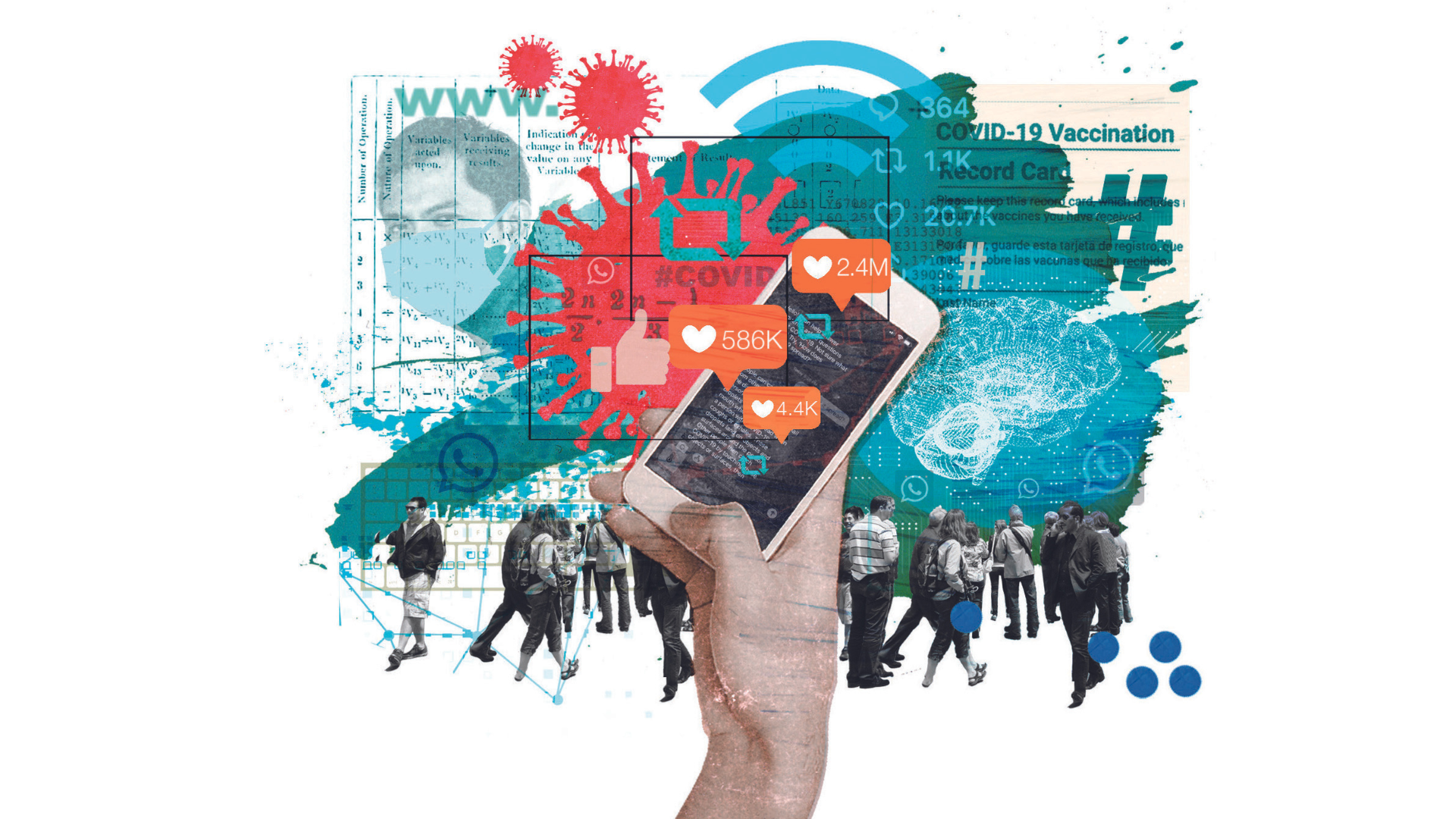
Examining social media's role in framing facts, influencing behavior
The onset of the COVID-19 pandemic coincided with an era in which people the world over have the technology to document and share their experiences with and perceptions around the virus.
“I was really moved by the personal storytelling I saw on social media,” says CAS faculty member Haiyan Jia, an assistant professor of journalism and communication. “At the same time, I saw how those experiences were reflecting very different realities.”
The more she read, the clearer it became that such personal accounts were very much influenced by the information people were consuming.
“As a media researcher, I was fascinated by this,” she says. “I’m always trying to better understand how technology shapes our cognition, emotions, and behaviors, and this was a unique moment playing out in real time.”
That fascination has led to a nearly $1.2 million NSF grant that is funding an interdisciplinary team investigating the role of online media in framing processes—essentially, how individuals and communities develop their understanding of major events and, ultimately, act on that understanding.
In addition to Jia, the team includes two computer science and engineering faculty members—associate professor and lead researcher Eric P. S. Baumer and assistant professor Dominic DiFranzo. Also on the team is Amanda Greene, a former postdoctoral research associate in The Humanities Lab, who is now with the Center for Bioethics and Social Sciences in Medicine at University of Michigan Medical School.
—Eric P.S. Baumer
The grant stems from the National Science Foundation’s Information and Intelligent Systems division, which supports research that probes the intersection of people, computers, and information.
The kernel for the idea came from initial conversations between Jia and Baumer in the spring of 2020, and Jia’s realization that English-language, U.S.-based coverage of the pandemic reflected a very different reality when compared with coverage coming out of China.
“There are fundamentally different ways of organizing basic facts,” says Baumer. “Taking the same exact facts and organizing them in a different way leads to different conclusions about: Should we be wearing masks? Should we require vaccines? Should children be in school or be vaccinated? How we organize and give meaning to the events in the world draws on this theory called framing. And how we frame these events ultimately leads to what actions we take in the face of them.”
What’s interesting, says Jia, is that social media has upended who gets to do the framing. Yes, the main purveyors of information—particularly around COVID—are public health departments, government entities, and the news media. But individuals and online communities are doing their own framing—piecing together what most resonates with them, creating their own narratives, and ultimately influencing people’s reactions to and behaviors around the pandemic.
“What’s also unique here, is that while we often talk about news frames as fixed moments in time, the pandemic has been going on for years, which means the narrative around it has been changing,” she says. “For example, take a person who may not have initially believed that COVID was a threat. If they lost someone in their family to the virus, that event might have changed their view completely, and they might be motivated to get vaccinated or be more willing to wear a mask. So we wanted to start thinking about framing as a process, and identify those things that trigger changes in people’s understanding or framing of COVID over time.”
It’s not a purely academic exercise, says Baumer. The implications of their research could better inform public health communicators responding to crises.
“You can’t necessarily tell people how they should think,” he says. “But you can control the kinds of resources that you give them for interpretation. The choices of language, the specific metaphors that are invoked, stereotypes, imagery. You can make conscious, intentional choices about the resources you make available to people to support their understanding of this dynamic, evolving crisis.”
To that end, the project will unfold in four phases, each reflecting the team’s interdisciplinarity. The first phase will be led by Jia and Greene and use qualitative methods from media studies, health humanities, and science and technology studies to better understand how groups like community organizations, local leaders, and online communities describe their framing process. It will also involve content analysis of the groups’ social media, as well as information published by news organizations and governmental and health agencies.
Baumer, who studies human interactions with algorithmic systems, will lead phase two, which will involve computational analysis of much of that same content.
“We want to build models that help us understand how these framing processes play out in the kinds of language patterns that tend to co-occur with certain metaphors or visual imagery,” he says. “So the first and second phases will be in dialogue with each other, with each informing the other. That will allow us to see what’s going on, and the way that people are talking, but it doesn’t necessarily tell us anything about causal connections. That’s what the third phase is for.”
That third phase will be led by DiFranzo, who will take the results of both the qualitative and computational analyses and formulate testable hypotheses. DiFranzo’s research focuses on human-computer interactions and “design interventions” that encourage pro-social behavior online. He also develops novel tools, platforms, and methods to help researchers study social media.
“The idea is to develop web browser plugins where you can make subtle manipulations in the content that people see, for instance, on Facebook, on Twitter, on Instagram, or on Reddit, to test these hypotheses,” says Baumer. “If we change what people are seeing, does that change their perceptions? Their opinions? Their subsequent behaviors?”
The fourth phase will involve a process called reflexive engagement. Findings from the previous phases will be brought back to those groups who were initially interviewed, with the idea that they might draw on those results in a future health crisis, says Jia.
“This is about making a real-world impact,” she says. “We want to go back to these groups and say, ‘Here’s what we found, this is what we know about the facts of framing, what do you think?’ The idea is that they might then be able to look back at their communication strategies from 2020, and identify where they could have done better.”
It’s a project that could only be accomplished with the unique blend of expertise within the group, says Baumer.
“Because we each came at this from different disciplines, we each had a slightly different perspective,” he says. “And that’s allowed us to get to this point where we have a potentially novel way of thinking about and examining framing. Personally, I’m excited about the innovative computational methods that we’re proposing. I’ve done prior work collaborating with social scientists and humanists who are interested in using computational techniques, and so I’m really looking forward to expanding on that with this team.”
Such innovation and potential for impact could never happen without researchers being willing to step outside the comfort zone of their chosen discipline. Again and again, Lehigh researchers are taking risks and engaging in fields far outside their own to push the boundaries of creative problem-solving. Yes, it’s a mindset that is rewarded by the NSF, but it’s also a mindset with its own rewards.
“This team approach to research gives us the opportunity to solve knotty problems, the kind that previously you might never have considered tackling,” says Jagota. “And in the process, you inevitably find new fields of inquiry and make new discoveries. And so it becomes self-fulfilling, and something that, I think, will become the gold standard for how lasting impact is made.”
Story by Christine Fennessy
llustrations by Sarah Hanson

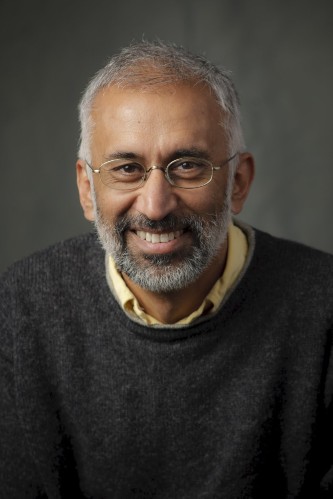
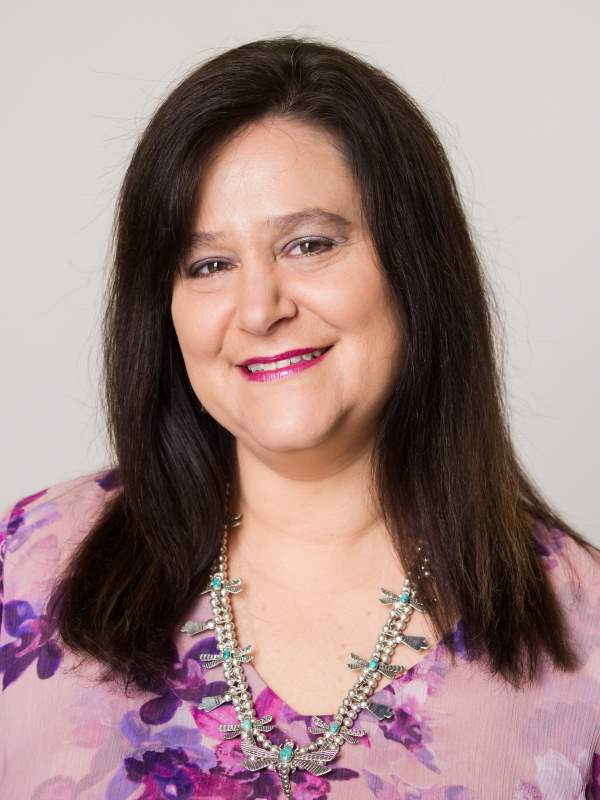

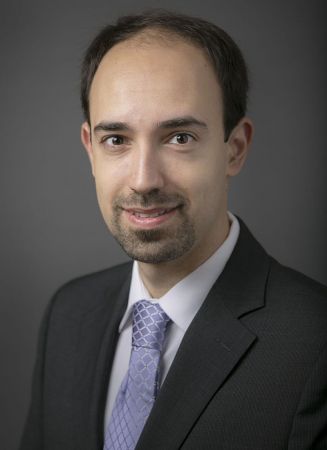
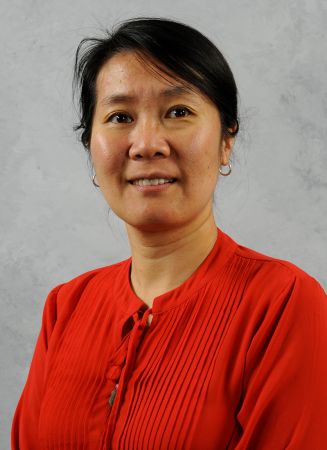
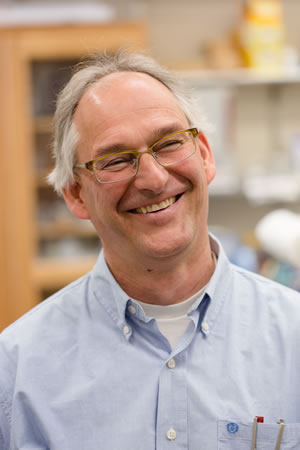
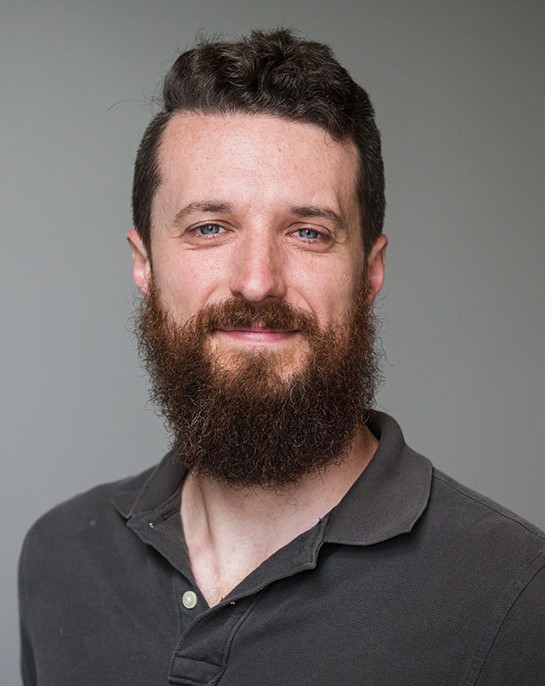
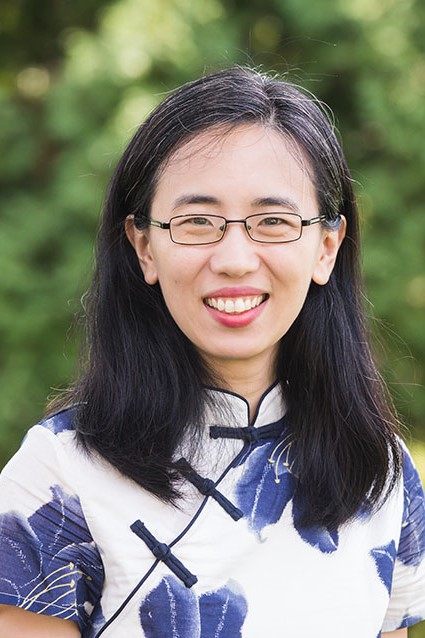
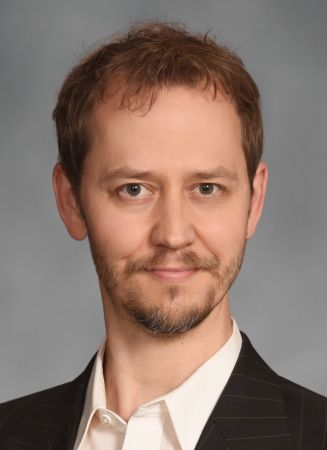
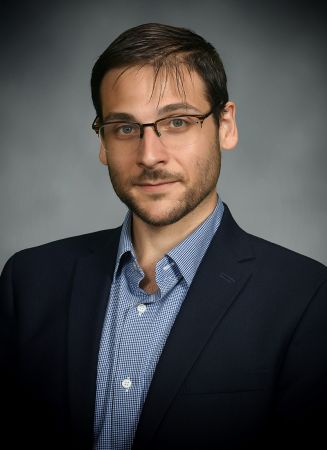
.jpg)